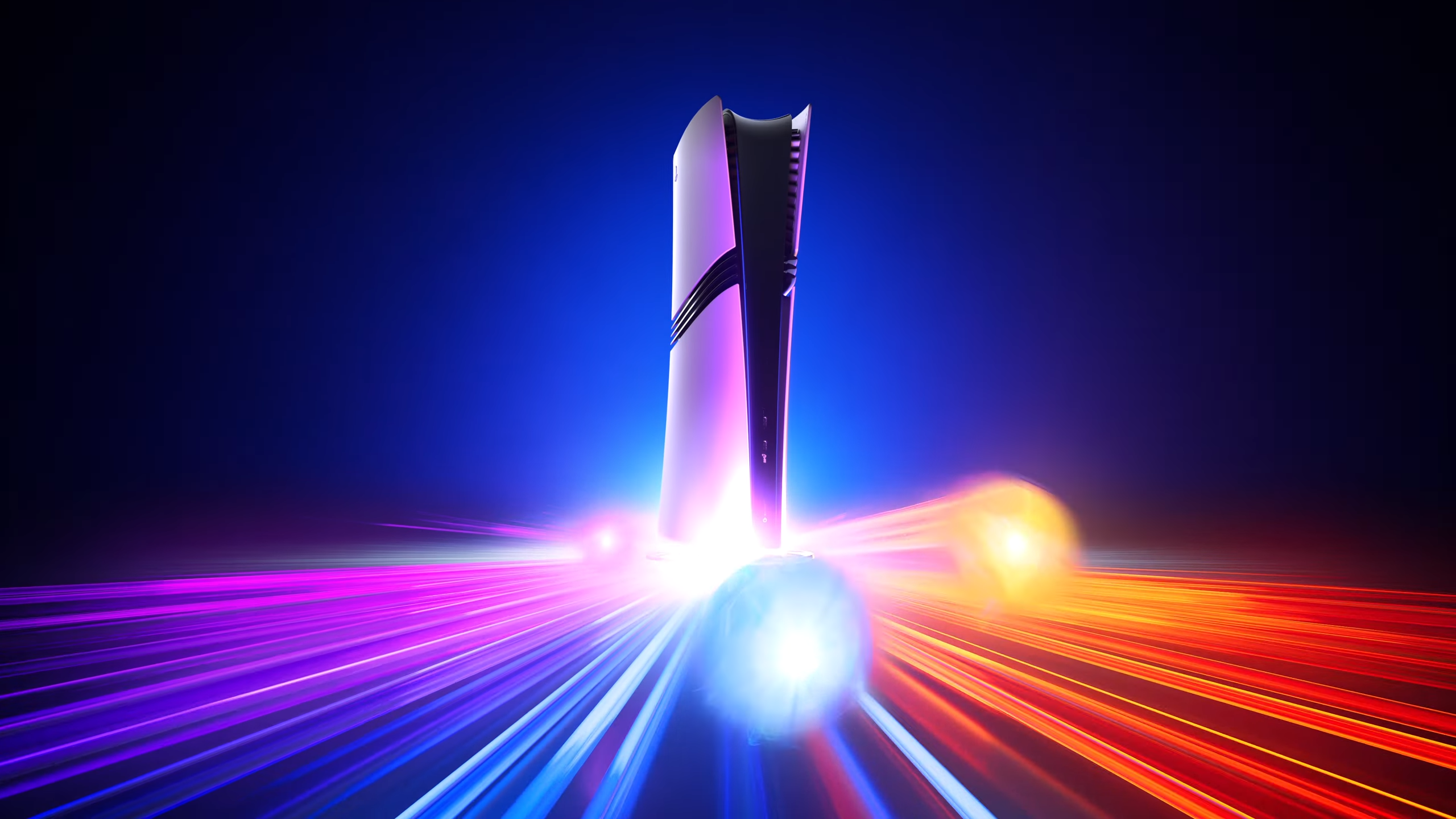winjer
Member
List of supported games
Mod FSR4 into games with Optiscaler
Release Nightly Builds · cdozdil/OptiScaler
Changes in the Last 24 Hours After prolonged on and off testing over the last few weeks, 0.7.7-Pre8 is finally read for release. Since it incorporates a lot of fixes and additions, things might've ...
FSR4 Compatibility List
OptiScaler bridges upscaling/frame gen across GPUs. Supports DLSS2+/XeSS/FSR2+ inputs, replaces native upscalers, enables FSR3 FG on non-FG titles. Supports Nukem mod for DLSSG-to-FSR3 FG. - cdozdi...





